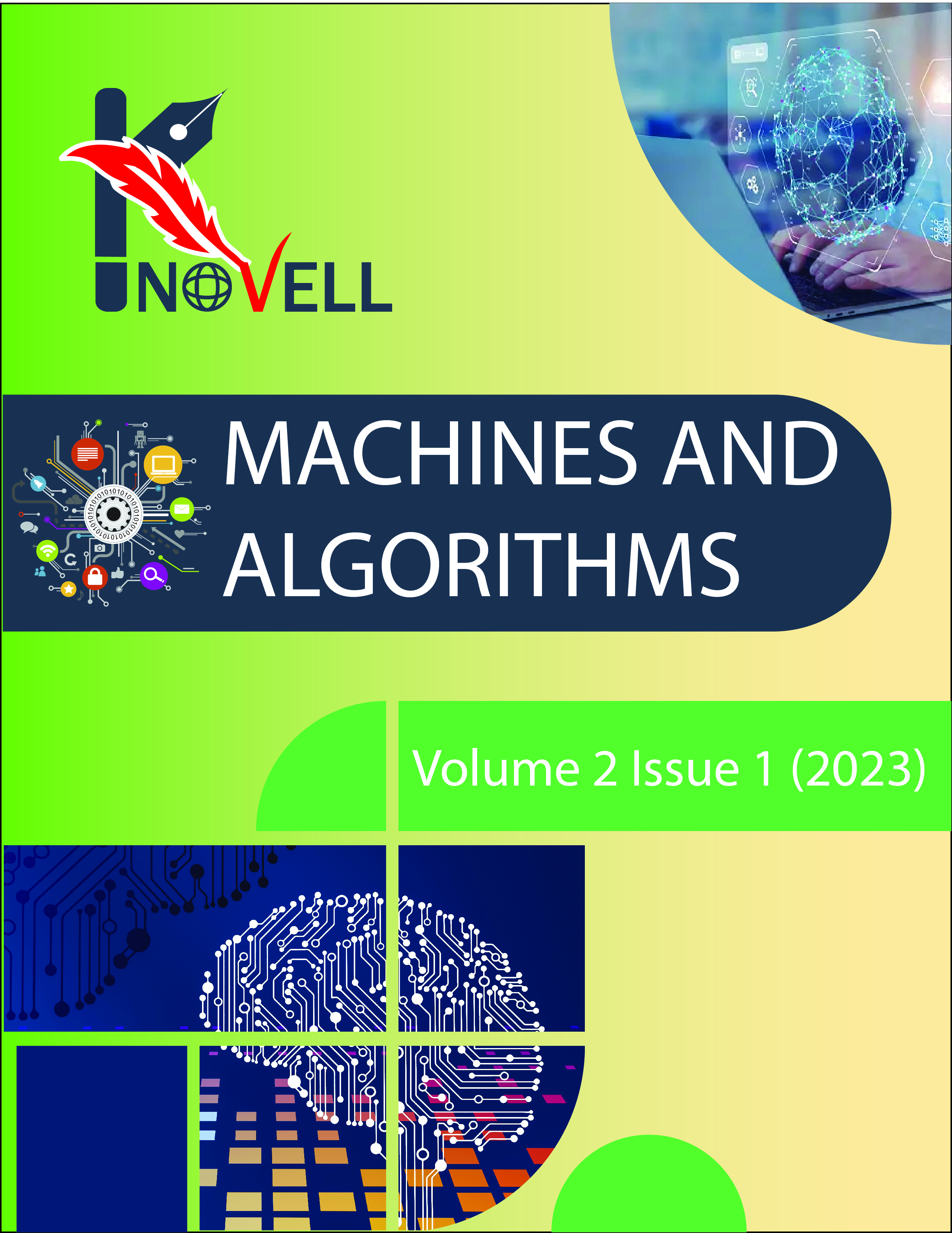Computer Aided Deep Image Captioning for Medical Images
Keywords:
Medical imagery; Computer-aided systems; Image captioning; Deep learning; Diagnostic automation;Abstract
Drug development, illness diagnosis, prognosis, and prediction are just a few of the many different uses for medical imagery. Ultrasound, X-rays, CT scans, positron emission tomography (PET), and magnetic resonance imaging (MRI) are some of the most common forms of medical imaging. After expert medical professionals have examined these medical photos, they meticulously document their findings in detailed written reports, identifying whether the images are normal, abnormal, or potentially abnormal. This reporting procedure requires a lot of human labor, is prone to mistakes, and takes a lot of time. There have been several proposals for computer-aided report production systems to improve the efficiency and standardization of medical picture reporting. These programs mimic human doctors' work by automatically extracting information from medical images using image captioning techniques and then generating comprehensive written reports. Here, image captioning—which lies at the crossroads of AI's computer vision and natural language processing domains—is crucial. One potential way that medical practitioners may speed up their diagnostic processes is by automating the creation of medical reports. Creating medical reports for chest X-rays is the primary goal of this study's deep learning-based algorithm. A few examples of the many uses for the generated reports include verifying assumptions, keeping tabs on minor adjustments, getting a second opinion, helping with final decisions, getting quick and primary data on the issue under consideration, and much more besides. Therefore, the reports that are automatically created provide critical data for future medical treatments, instead of waiting for a report from an expert doctor.



